Sony Alpha ILCE-7 III (ILCE7M3)
The mirrorless digital camera Sony ILCE-7 III is characterized by its updated sensor design and is a camera suitable for both photo and video applications with a variety of work situations
The newly developed 24.2 MP Exmor R BSI CMOS sensor and BIONZ X image processor are optimized for improved speed and low-light performance, enabling an impressive continuous shooting rate of 10 frames per second and improved autofocus performance for faster and more reliable subject tracking.
The updated Fast Hybrid AF system uses a combination of 693 phase detection points and 425 contrast detection areas for very fast focus acquisition in almost all lighting conditions and maintains focus on the subject more effectively. In addition to speed and autofocus, the processing improvements also ensure clearer images with greatly reduced noise throughout the sensitivity range of ISO 100-51200, which can even be extended to ISO 50-204800.
Video recording capabilities have been enhanced for improved quality when recording UHD 4K video with the full width of the full-frame sensor to minimize moiré and aliasing. Additionally, the a7 III utilizes 5-axis SteadyShot INSIDE sensor-shift image stabilization, which minimizes the occurrence of camera shake by up to 5 stops.
Aside from the imaging system updates, the body design of the Sony a7 III has also been revised to include a rear 3.0" 922k-dot touchscreen LCD, which features a tilting design to better support high and low angle work. A Tru-Finder OLED EVF viewfinder with 2.36 million pixels is responsible for bright and clear subject recognition.
For greater shooting flexibility, two SD memory card slots are now available and a larger NP-FZ100 battery can now also be used to provide up to approximately 710 shots per charge. For use in harsh conditions, the body is made of a robust magnesium alloy, and this and the a7 III's weather sealing make the body resistant to dust and moisture.
24.2MP Exmor R BSI CMOS sensor and BIONZ X image processor
The 24.2 megapixel Exmor R CMOS sensor works with the BIONZ X image processor to deliver high-resolution still images and video while minimizing noise and improving speed. This sensor design works with an on-chip lens design and anti-reflective coating, as well as the elimination of the optical low-pass filter, to improve shooting quality and increase detail.
In addition, a copper wire layer improves data transfer speed for the creation of 14-bit high resolution stills with a native sensitivity of ISO 100-51200, which can be extended to ISO 50-204800. In addition, the internal UHD enables 4K video recording with a wide dynamic range utilizing the full width of the full-frame sensor.
The BIONZ X processor also works in conjunction with a high-speed front-end LSI to realize faster processing times while capturing an impressive 15 stops of dynamic range at low sensitivity levels. The sensor and processor combination also enables fast continuous shooting at up to 10 frames per second at full resolution, for up to 177 consecutive frames and with full-time AF/AE, whether using the mechanical shutter or the electronic shutter. When shooting in Live View mode, a continuous shooting rate of up to 8 frames per second is still possible.
Fast hybrid AF system
An advanced 4D FOCUS system now uses a combination of 693 phase detection points, covering approximately 93% of the frame, together with 425 contrast detection areas to ensure reliable and fast autofocus and subject tracking. This fast hybrid AF system now achieves twice the focusing speed and more reliable tracking compared to previous a7 models, as well as significantly improved focusing in low light.
The use of phase detection points now enables the use of A-mount lenses via the optional LA-EA3 or LA-EA1 lens adapters with full continuous AF/AE tracking compatibility.
The Sony a7 III offers extensive customizable color and gamma controls, allowing users to adjust gamma, black level, knee, color level and more. Users can also utilize the same S-Log2 gamma curve found on high-end Sony Cinema, which brings up to 1300% more dynamic range to the video signal than the conventional REC709, increasing flexibility in post-production.
HLG (Hybrid Log-Gamma) support is also available for recording within a wide color space in addition to the BT.2020 color space. In addition to S-Log2, S-Log3 is also available to create an effective 14-stop dynamic range with improved grading control in the shadow to mid-tone range of the image.
Body design and integrated Wi-Fi/Bluetooth
The XGA OLED Tru-Finder EVF is responsible for a bright, clear and detailed image with a resolution of 2.36 million pixels and 0.78x magnification. This viewfinder design also enables the use of autofocus in focus magnifier mode as well as improved focusing to support manual focusing. In addition to the EVF, a 3.0" 922k-dot LCD is also mounted on the back of the camera, featuring a touch panel design for intuitive operation and focusing. The screen can also be tilted 107° upwards and 41° downwards to make it easier to work at high and low angles.
The magnesium alloy chassis guarantees rigidity, durability and stability while being lightweight. The lens mount has also been improved to better support heavy lenses and the grip rigidity has been improved to allow for more comfortable one-handed holding.
The weather sealing is designed to resist dust and moisture and ensure reliable operation in harsh weather conditions.
With the NP-FZ100 battery, the a7 III has improved battery life and is now rated for approximately 710 shots per charge. Dual SD memory card slots allow flexible file storage and editing and can be configured to partition raw and JPEG files or be used for overflow recording. One of the card slots is designed to support UHS-II memory cards. In addition to a micro USB port, a USB 3.0 Type-C port has been added to enable faster and more reliable tethering support. The USB Type-C port allows the camera to be charged via the host's power source while plugged in.
Built-in Wi-Fi allows the Sony a7 III to instantly share images to mobile devices for direct online sharing to social networks, email and cloud. NFC (Near Field Communication) is also supported, enabling a one-touch connection between the camera and compatible mobile devices; no complex set-up is required. Once connected, the connected mobile device can also display a live image on its screen and remotely control the camera shutter. Bluetooth connectivity enables location data to be captured.
Other camera functions
The "Ratings" function allows you to assign values from 1-5 stars to the images in the camera for faster editing and sorting during post-processing at home.
An advanced 1200-zone evaluative metering sensor delivers consistent and accurate results with multi-segment metering, center-weighted metering or spot metering. The "Highlight" and "Average" metering modes help to avoid blow-out highlights and ensure stable automatic exposure.
Anti-flicker shooting automatically detects and delays the shutter release to minimize the flicker effect for more consistent results in still images.
Sigma 85mm f1.4 DG DN (A) Sony-E
Fast, unparalleled optical performance and compact ─ It's in the palm of your hand. The 85mm F1.4 DG DN Art combines fine and precise imaging performance, which is essential for portraits, with an impressive bokeh that is only possible with lenses with a lens speed of F1.4. The design of the 85mm F1.4 DG DN Art is lightweight and compact, defying convention. The performance level and functionality of this lens are a bank for successful portraits, which will convince amateur and professional photographers alike.
The 85mm F1.4 is basically synonymous with a portrait lens. With the Art product line, we have dedicated ourselves to the highest possible optical performance. To achieve this, we utilize the latest technologies in optical design and the production technologies of the Aizu factory, our sole production site, to develop these lenses. The result is an absolutely detailed image, which is important for portrait photography and will satisfy amateurs and professionals alike.
Lightweight and compact - aperture 1.4 in a new dimension
The 85mm F1.4 DG DN Art was developed exclusively for mirrorless cameras and has a filter diameter of 77mm and weighs just 630g. It has a large lens diameter and excellent optical performance, yet has a lightweight and compact body - a combination that has long been difficult to achieve.
Stepper motor for extremely fast autofocus
The AF system uses a stepper motor that is optimized for both phase AF and contrast AF. This not only enables smooth shooting via face/eye detection AF, but also reduces the size of the lens housing, as a focusing lens suitable for a stepping motor can be made smaller.
Excellent build quality
In addition to dust and splash protection, high-quality materials such as aluminum and TSC (Thermally Stable Composite) are used in predestined places in this lens, so that a performance level worthy of the Art product line is achieved. In addition to the durability of the housing, the focus was also on the feel and operation, such as the smooth movements of each individual ring and switch. The 85mm F1.4 DG DN Art ensures smooth shooting in any situation.
Rounded aperture
The 11 rounded aperture blades produce an attractive blur and a pleasantly soft bokeh.
Brass bayonet
The SIGMA 85mm F1.4 DG DN Art is equipped with a solid and precise brass bayonet. The special treatment of the surface to increase strength enables long-lasting use.
Reflection and ghost image eliminating design
The special coating of the lens prevents reflections and ghost images. This ensures sharp and high-contrast images.

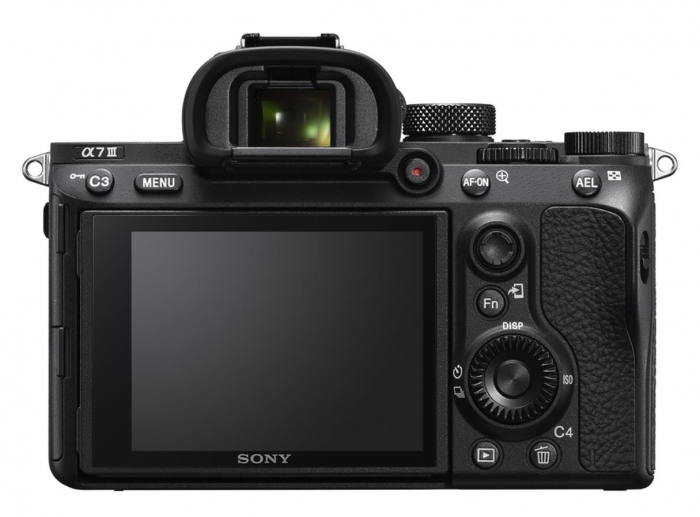
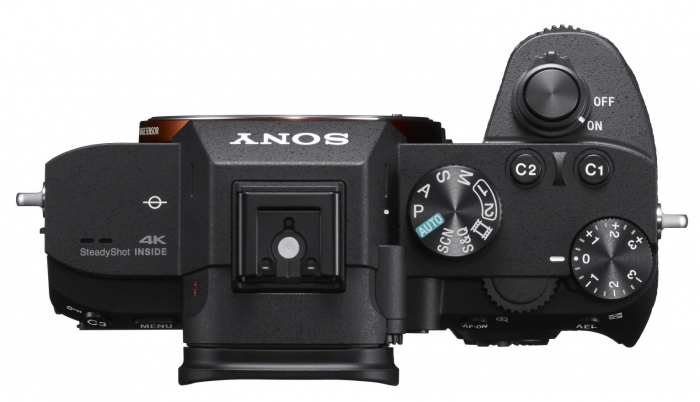
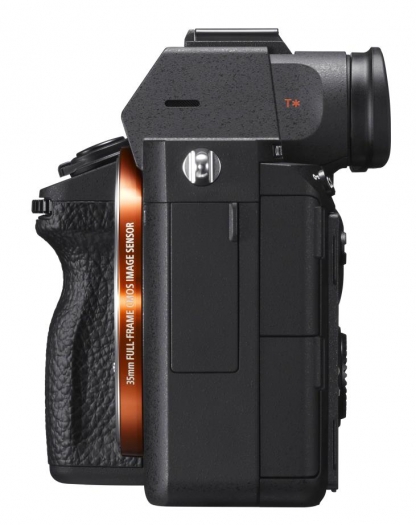
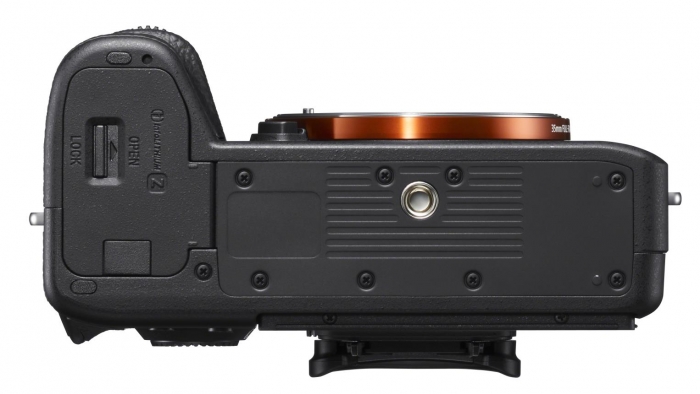
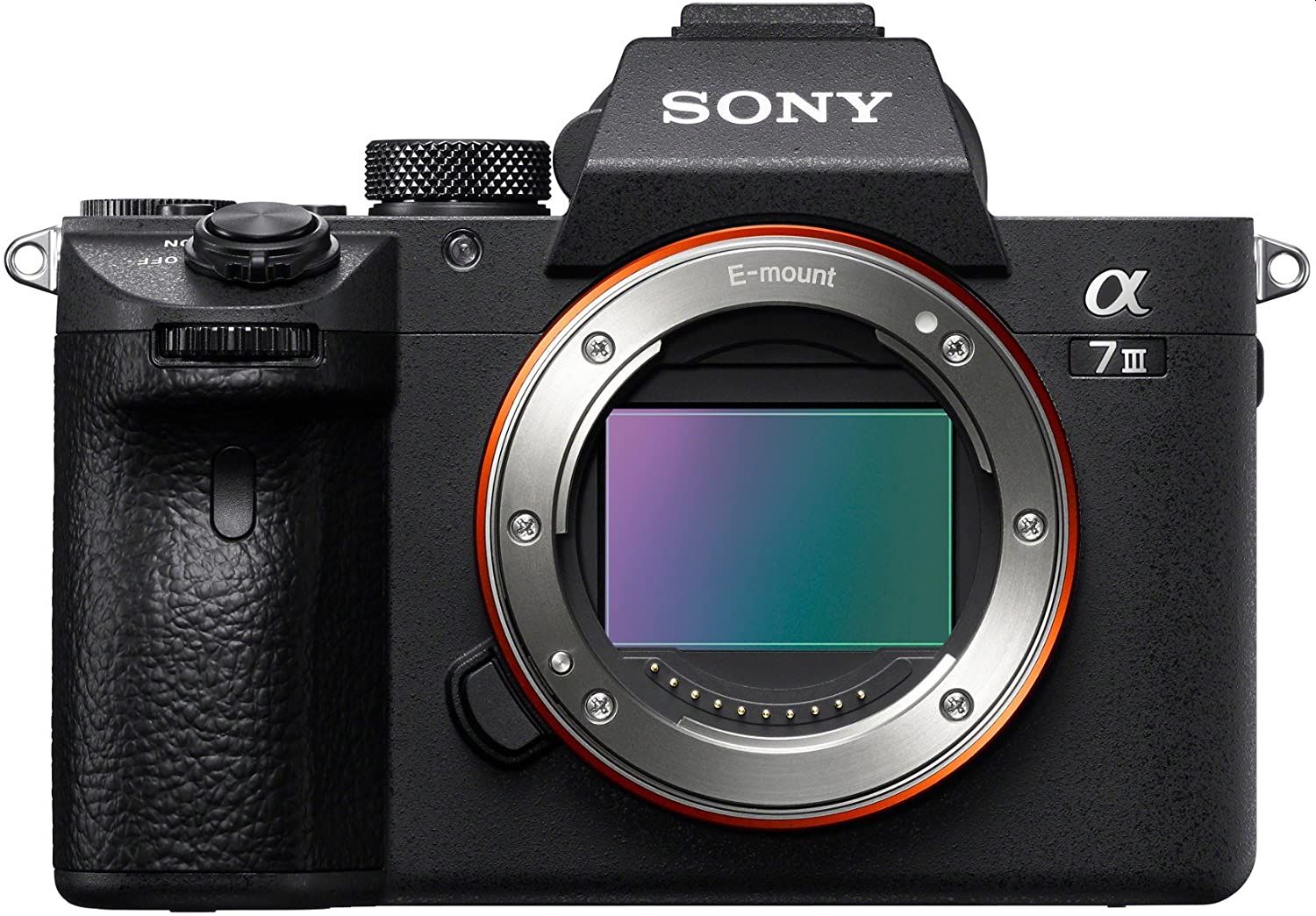

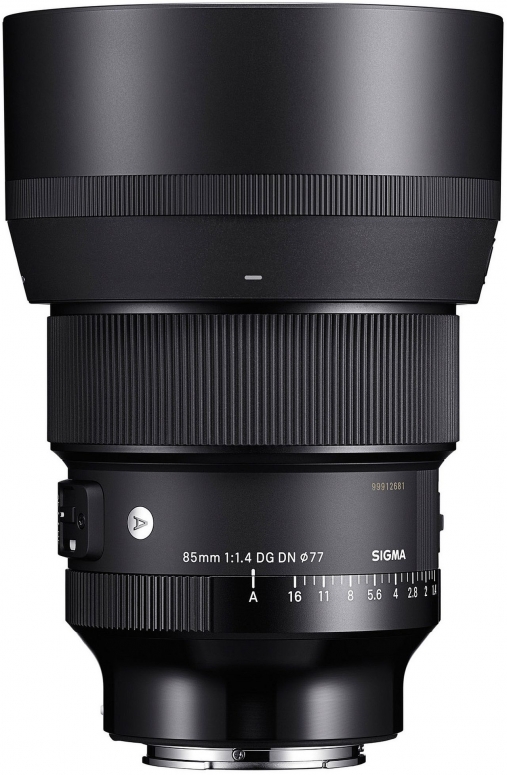
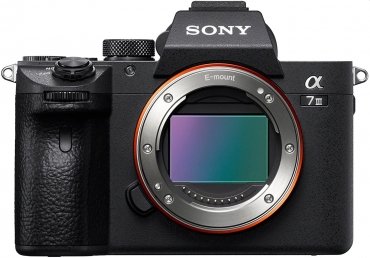
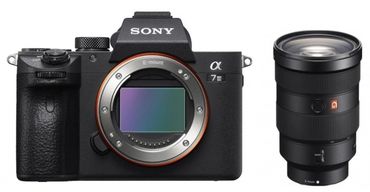

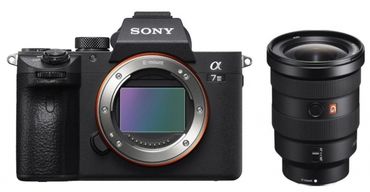

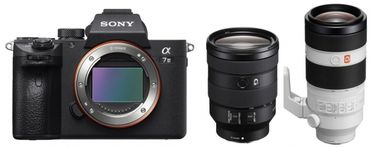
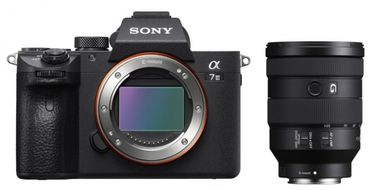
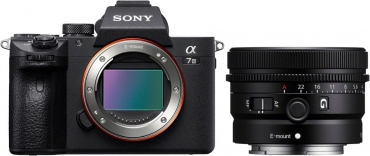
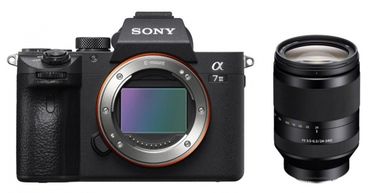
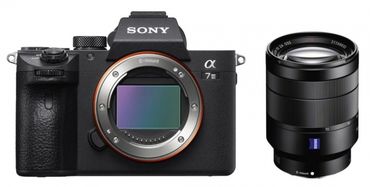

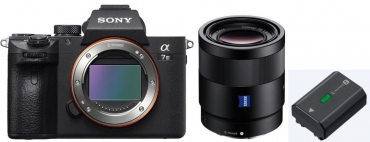
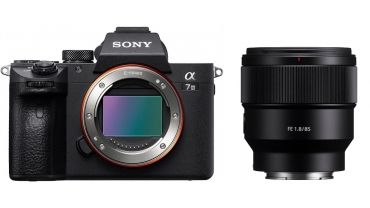
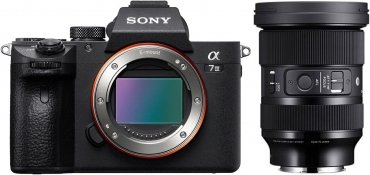

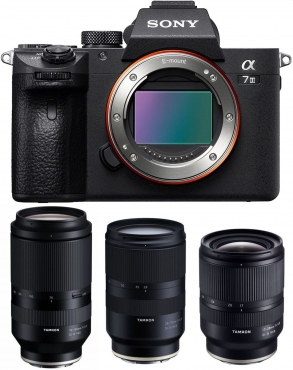
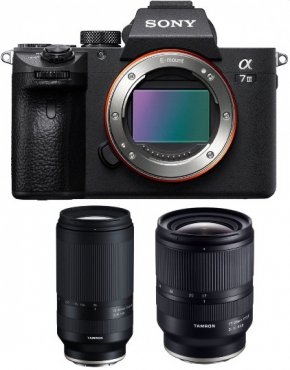
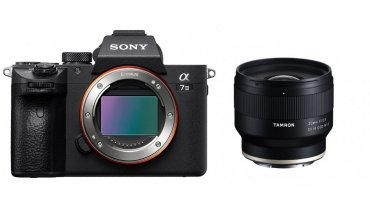
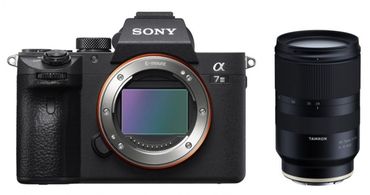

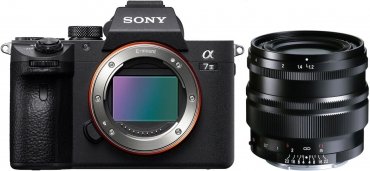

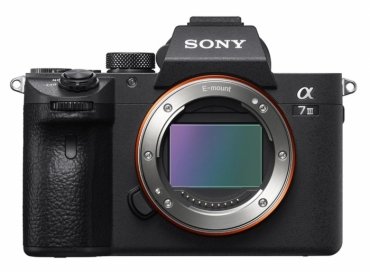
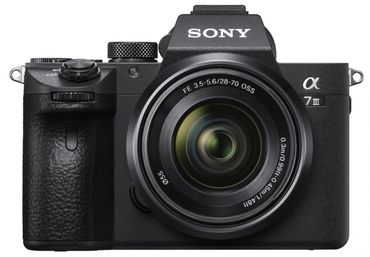

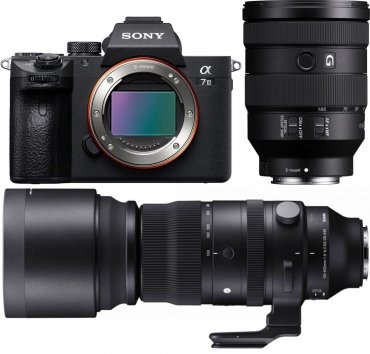
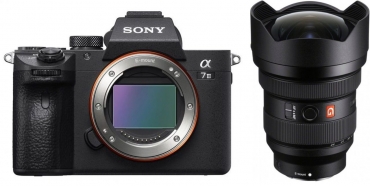

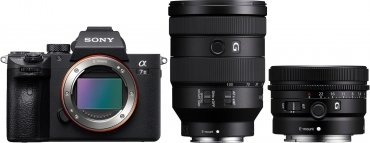

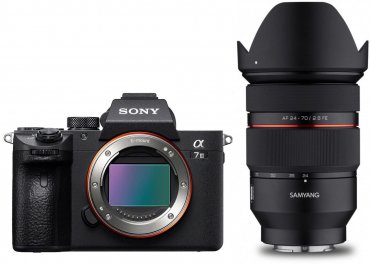
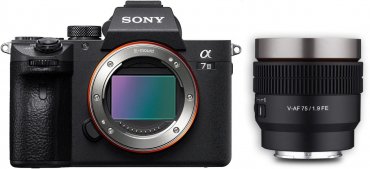

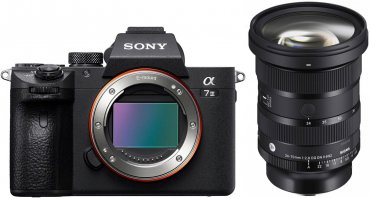
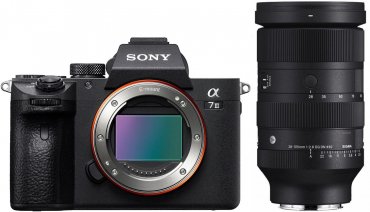
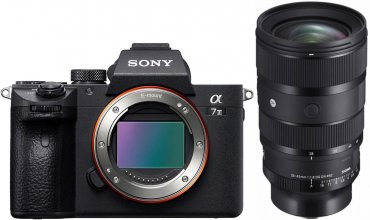
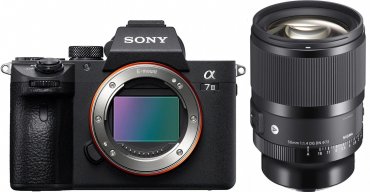
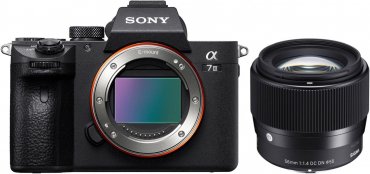
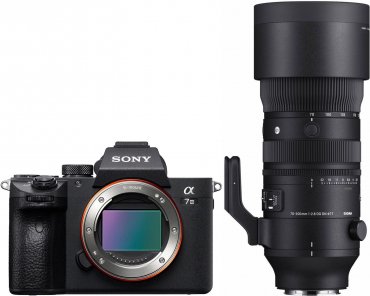

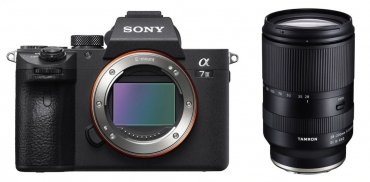
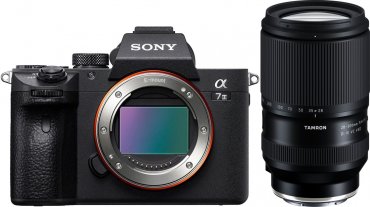

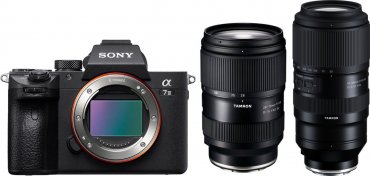

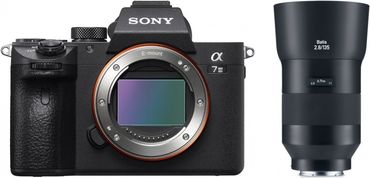
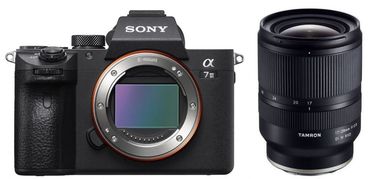
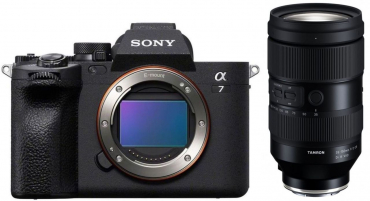

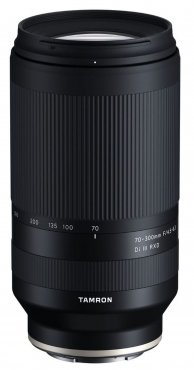

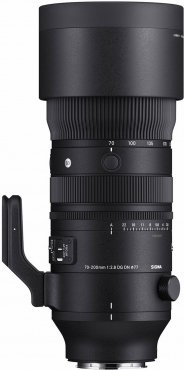
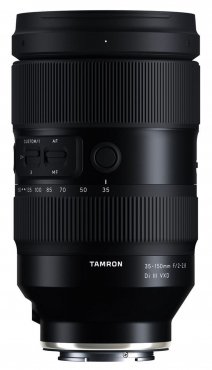
![Sigma 150-600mm f5-6.3 DG DN OS [S] Sony E-mount](https://media.foto-erhardt.de/images/product_images/thumbnail_images/907/sigma-150-600mm-f5-63-dg-dn-os-s-sony-e-mount-162814386990790304.jpg)
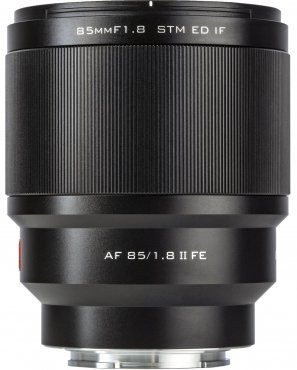
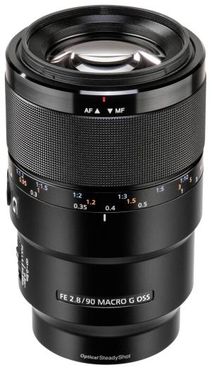
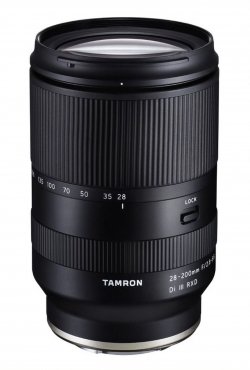
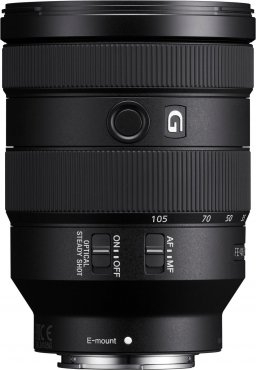
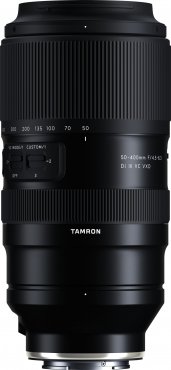
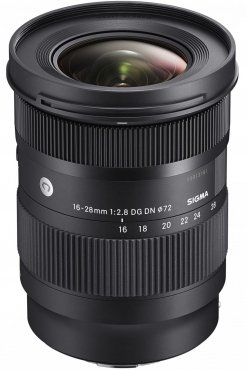
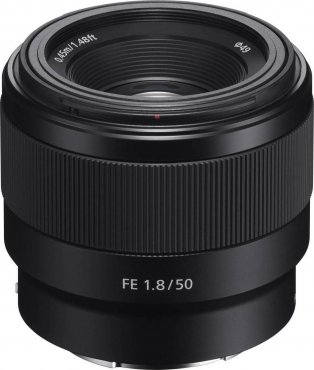
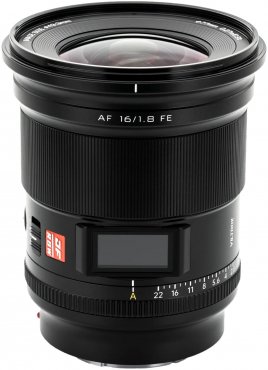


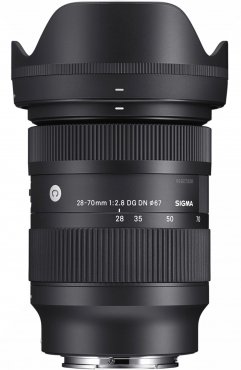
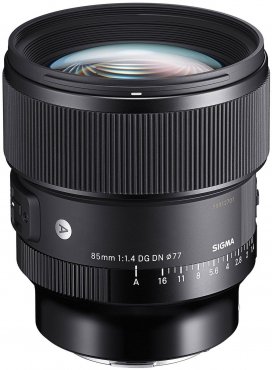
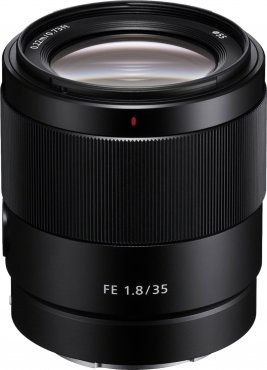
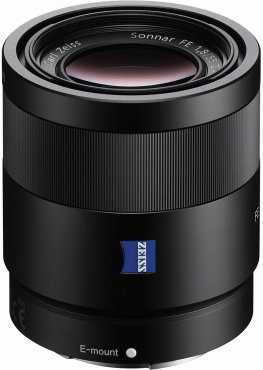
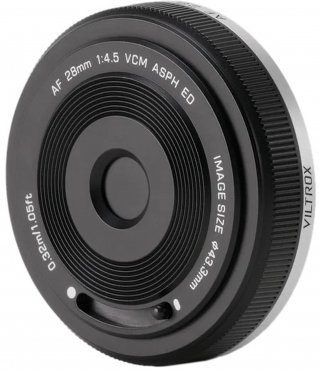
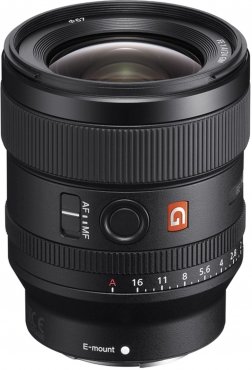
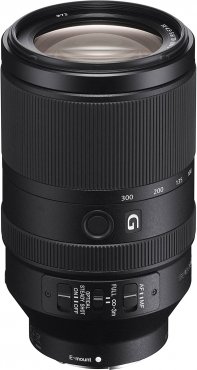
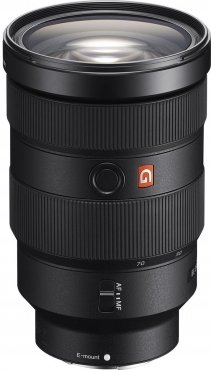
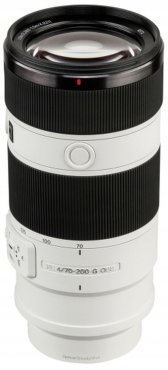
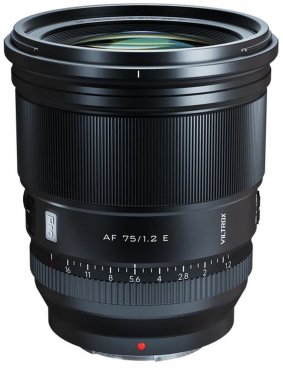
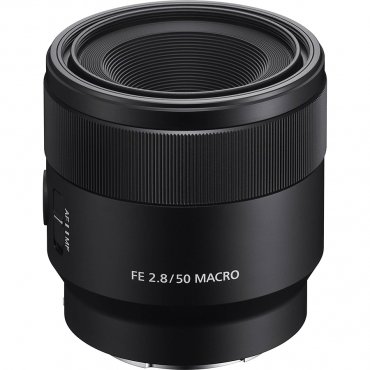
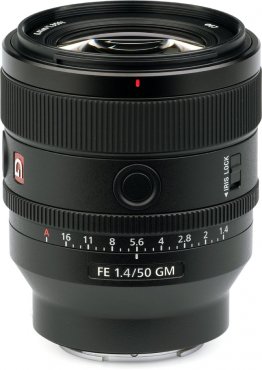
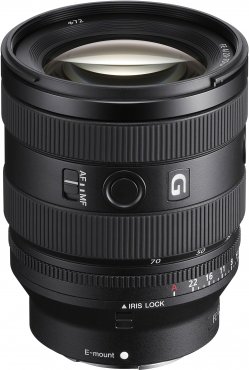
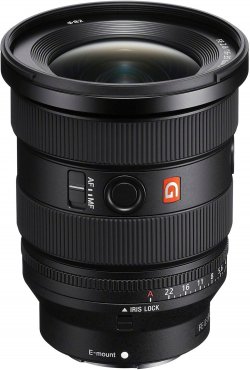
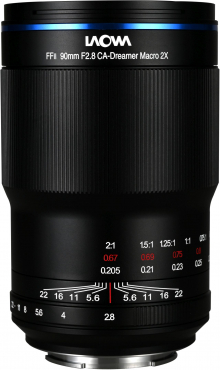
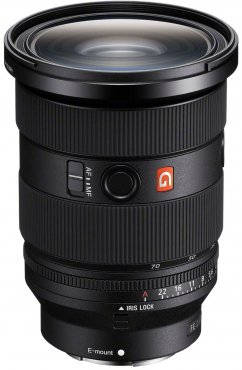


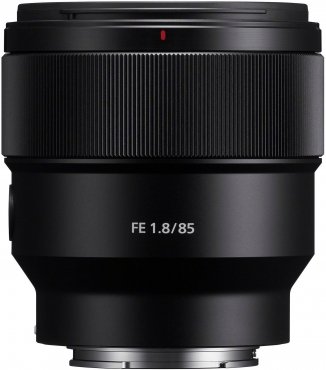
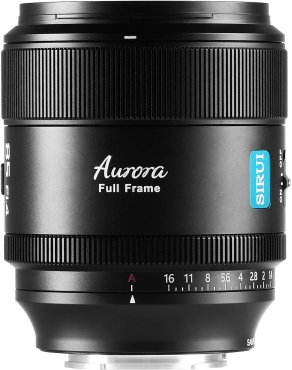
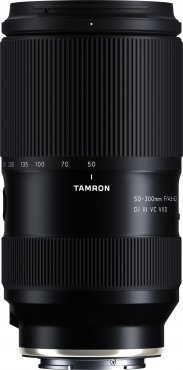
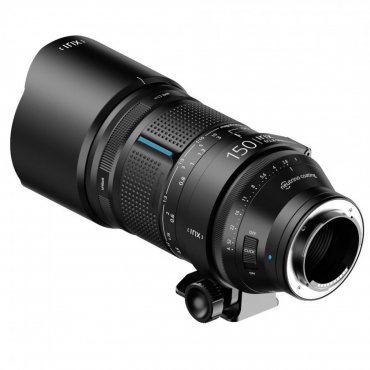
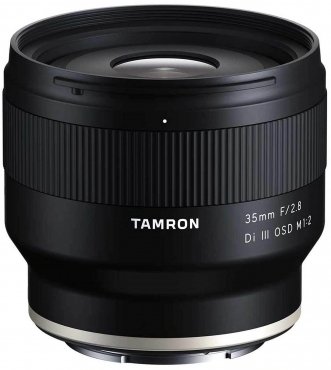
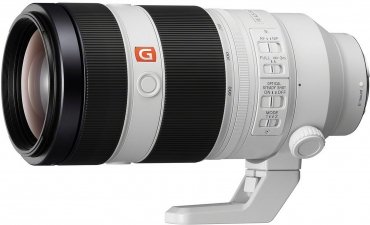

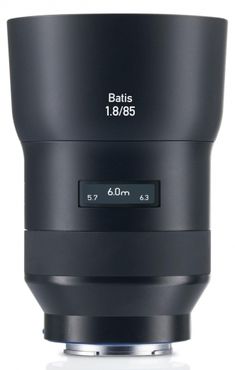


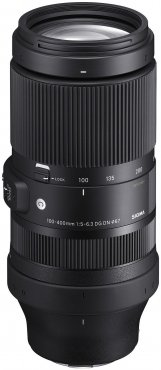
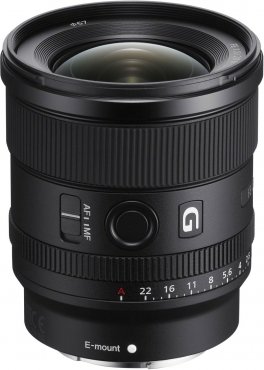


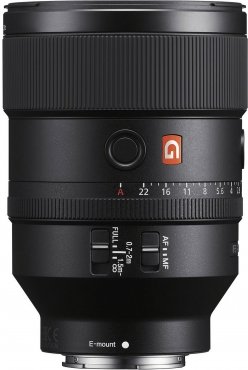
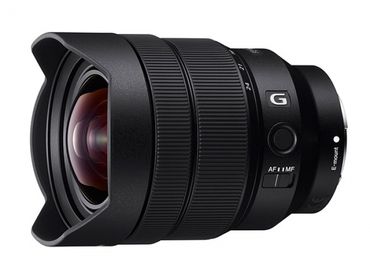

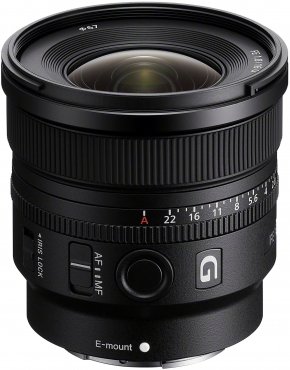
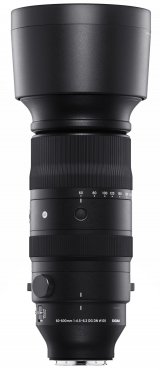


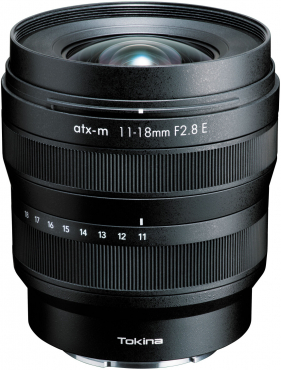
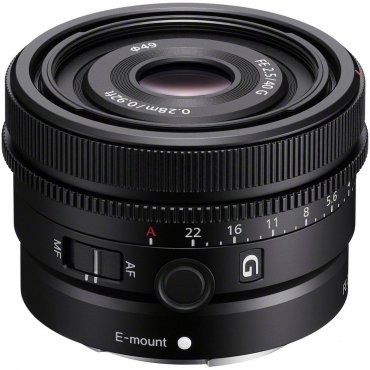
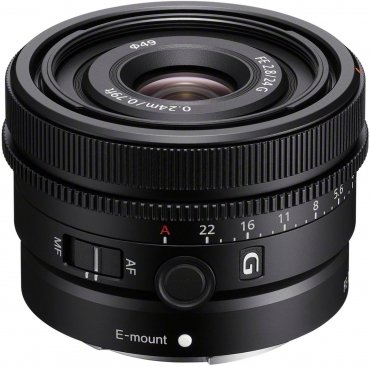
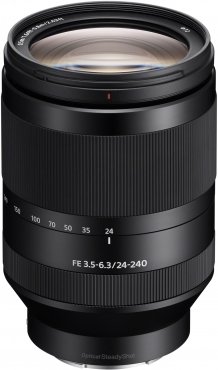
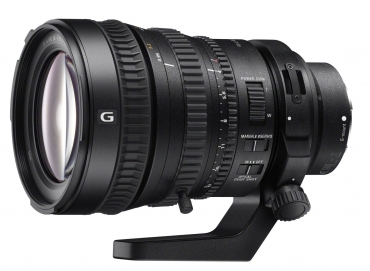
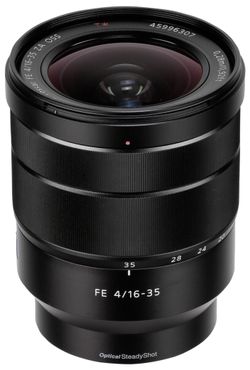
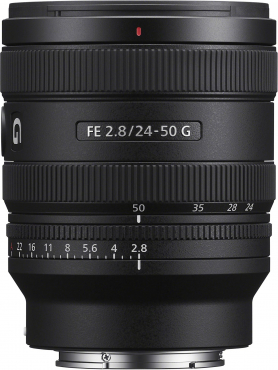
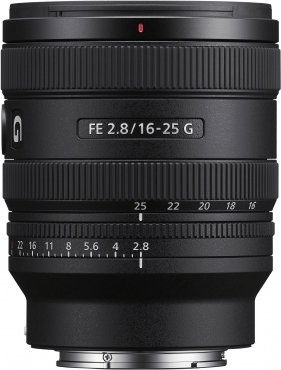

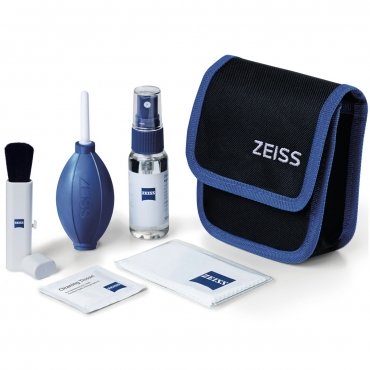
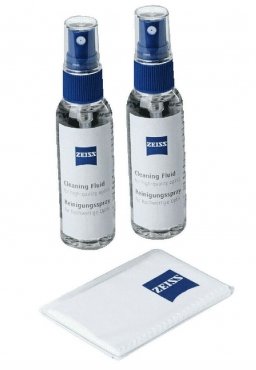
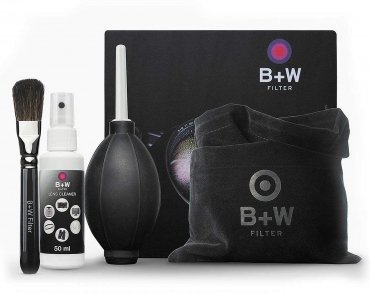
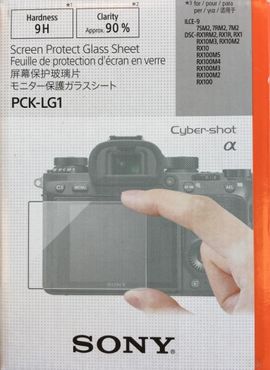
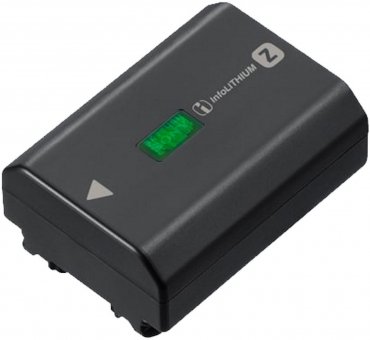
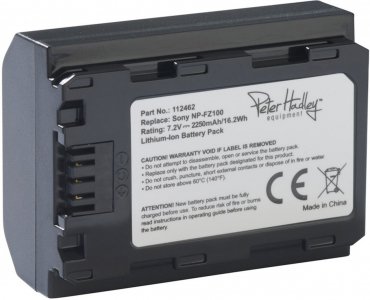


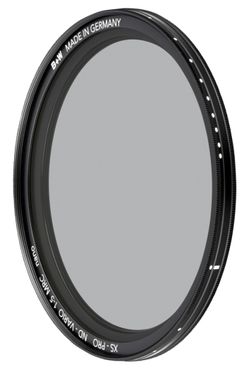
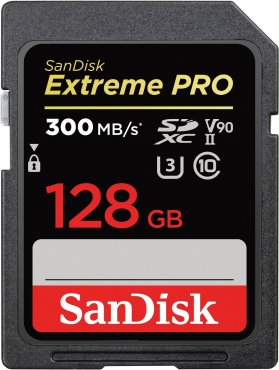
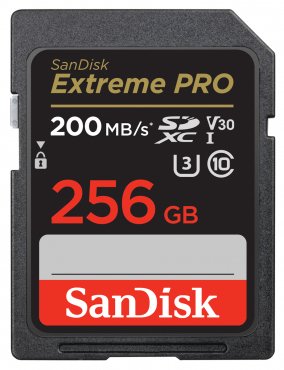

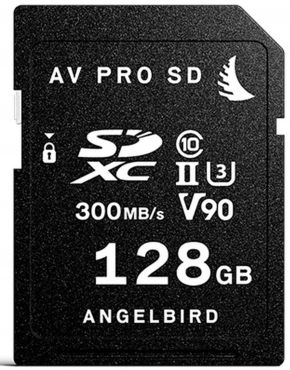
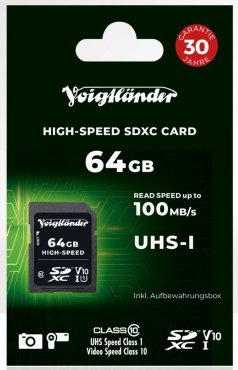
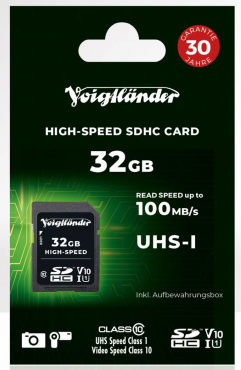
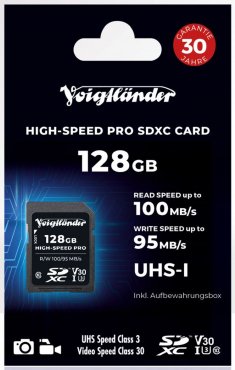
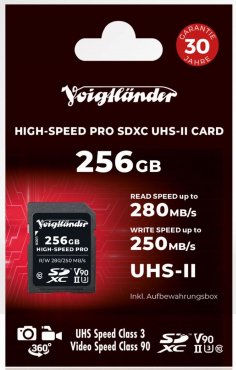


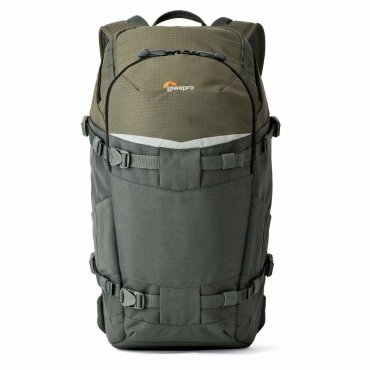

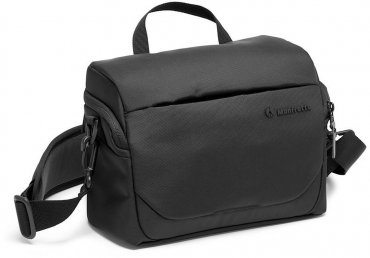
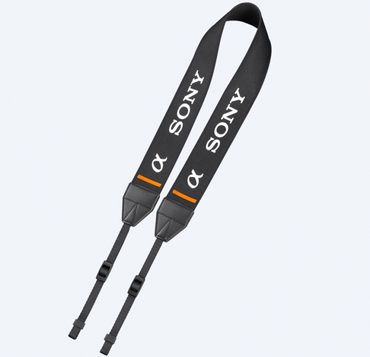

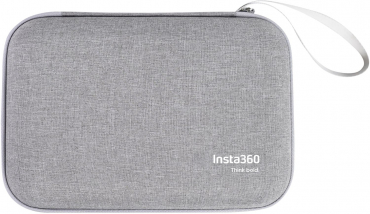
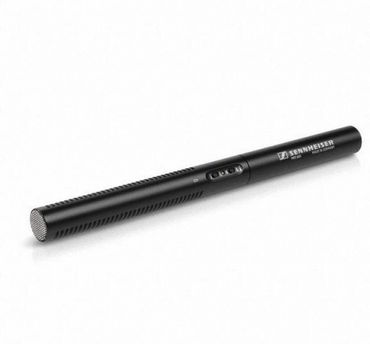
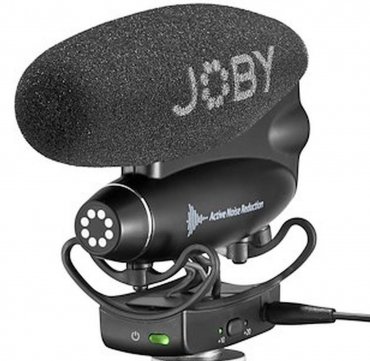
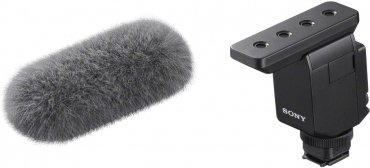
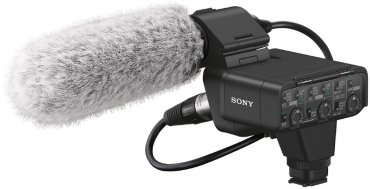

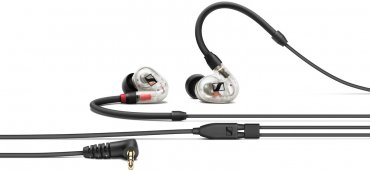
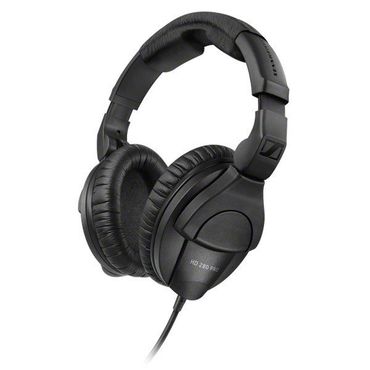
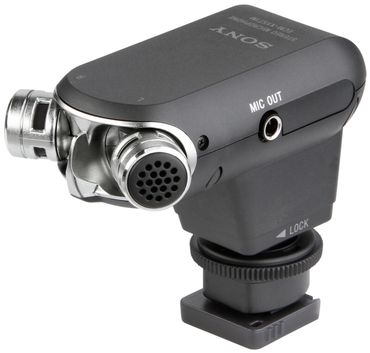
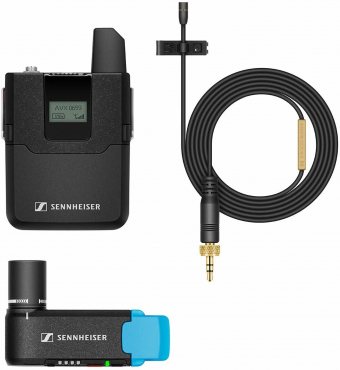
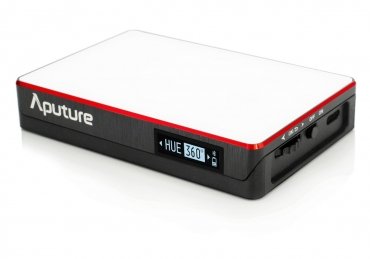
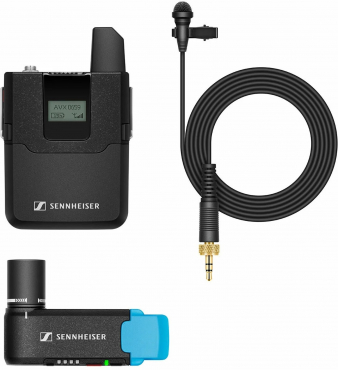
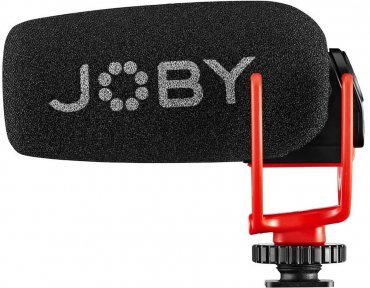
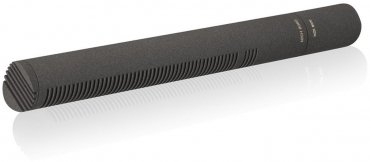
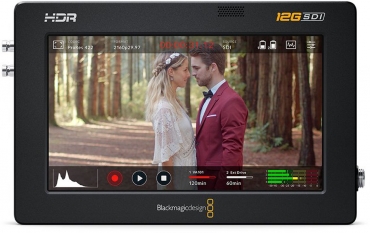
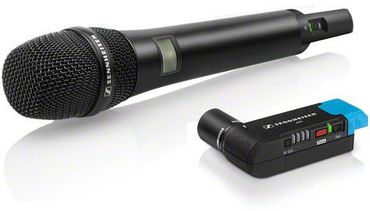
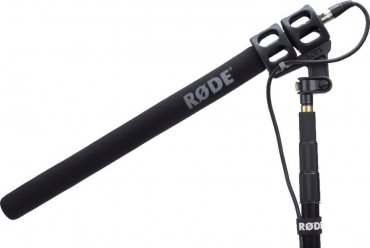
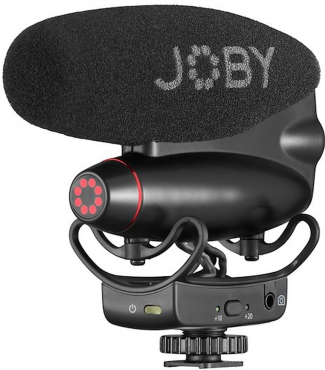

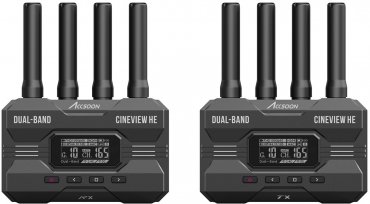
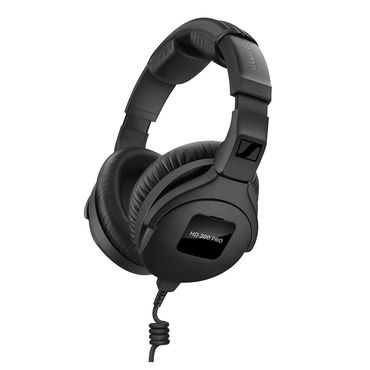
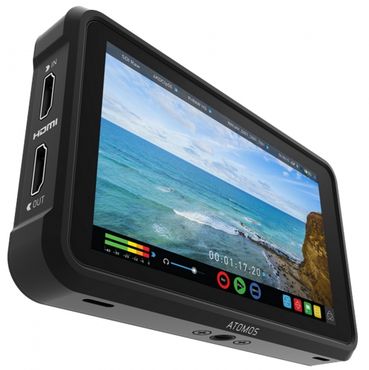
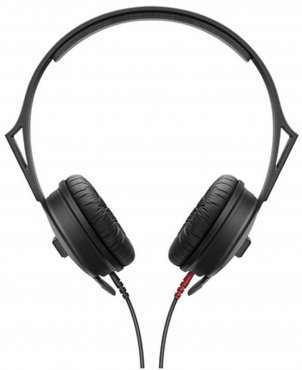


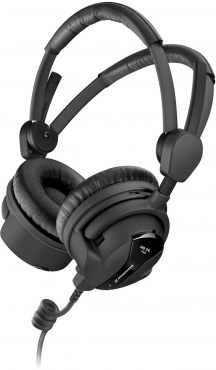




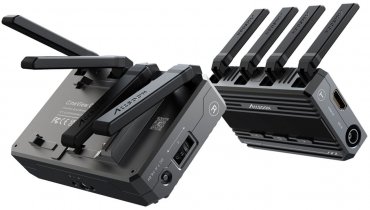

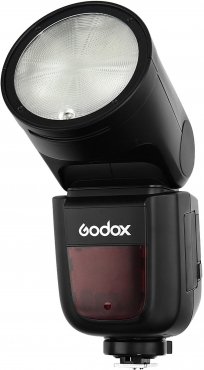
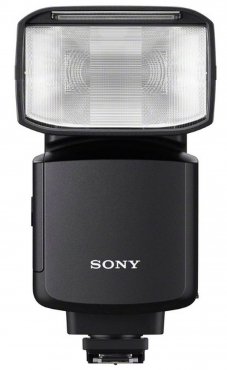
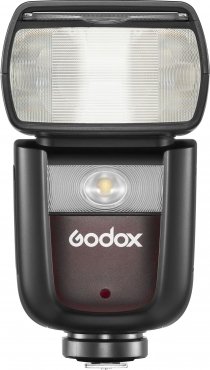
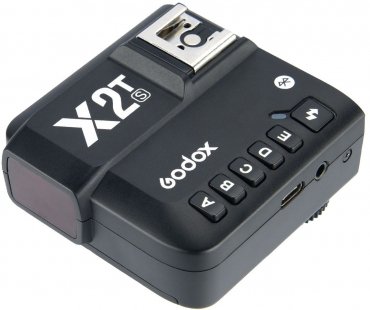
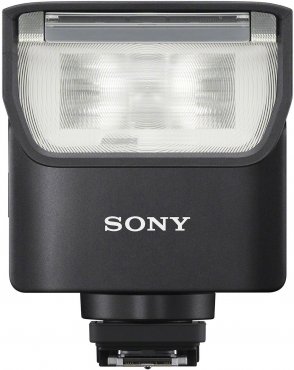
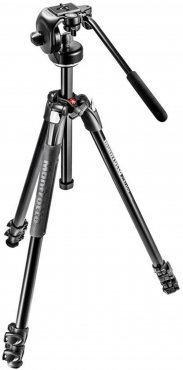
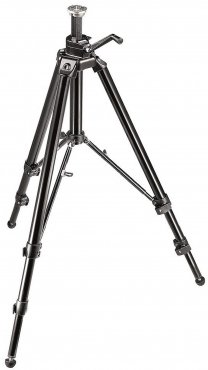
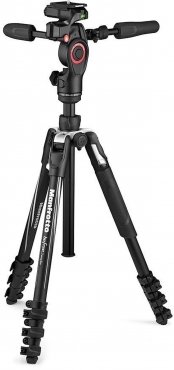


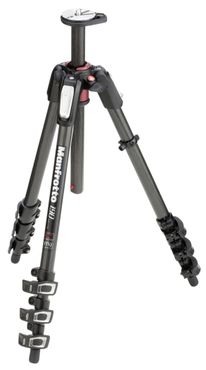

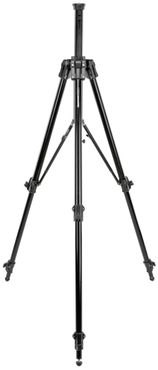
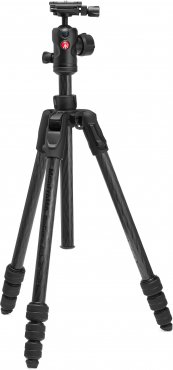
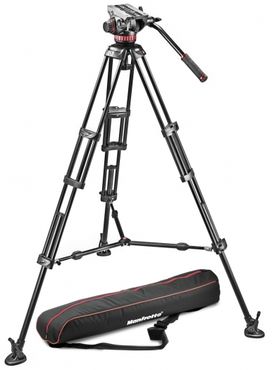
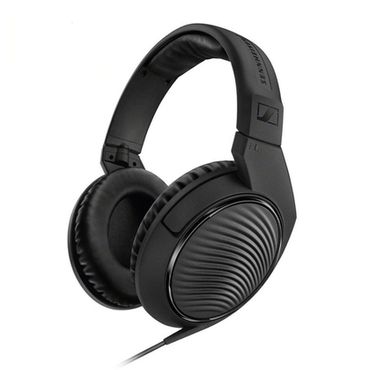
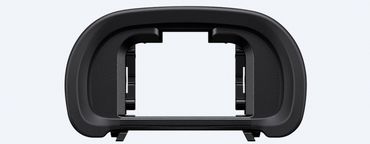

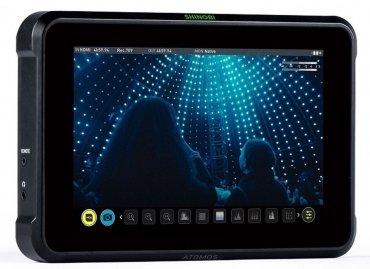

Simply subscribe and benefit as a newsletter recipient every week: